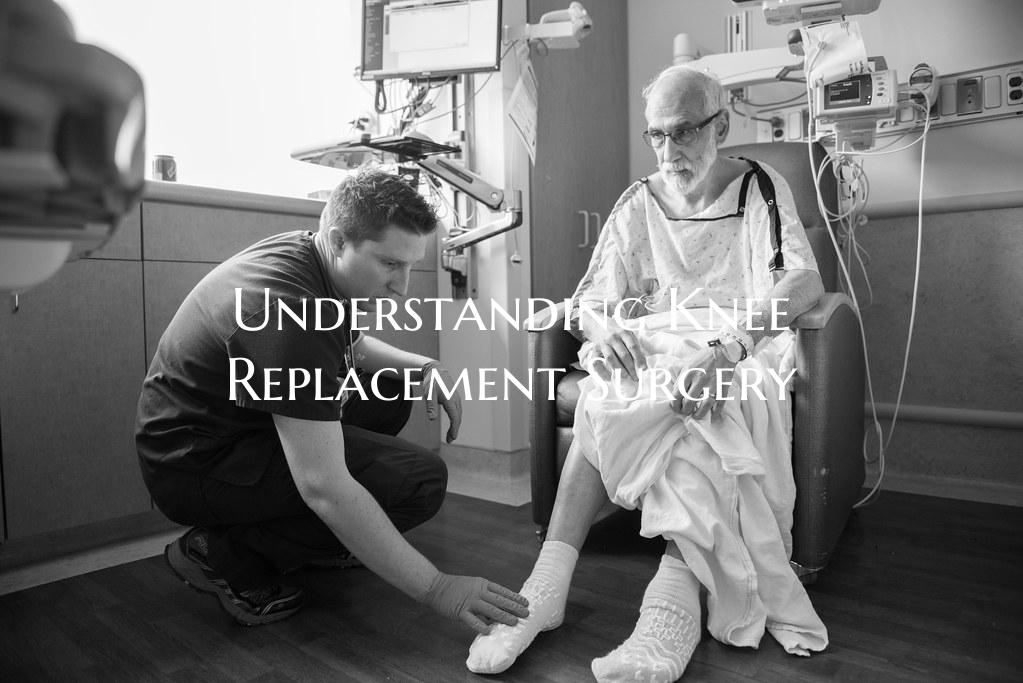
Understanding Knee Replacement Surgery
Knee replacement surgery, also known as knee arthroplasty, is a surgical procedure used to resurface a knee that has been damaged by arthritis or injury. This procedure can help relieve pain, improve mobility, and enhance the overall quality of life for individuals suffering from severe knee problems.
Here is a breakdown of the key aspects of knee replacement surgery:
1. Why it's Done: Knee replacement surgery is typically recommended for individuals who have severe arthritis in the knee joint, which causes persistent pain and limits their ability to perform daily activities. It is also considered for those with significant knee injuries or deformities that cannot be effectively treated with non-surgical methods.
2. Types of Knee Replacement: There are different types of knee replacement surgeries, including total knee replacement (involving replacement of the entire knee joint), partial knee replacement (involving only a part of the knee joint), and complex knee replacement for cases with severe deformity or other complicating factors.
3. Procedure: During knee replacement surgery, the damaged parts of the knee joint are removed and replaced with artificial components made of metal, plastic, or a combination of both. The surgery is typically performed under general or regional anesthesia, and the recovery process can vary in length depending on individual circumstances.
4. Recovery and Rehabilitation: Following knee replacement surgery, patients are usually required to undergo physical therapy to strengthen the muscles around the knee joint and regain range of motion. It is important to follow post-operative instructions provided by the healthcare team to ensure a successful recovery.
5. Risks and Complications: While knee replacement surgery is considered safe and effective for most patients, there are potential risks and complications associated with the procedure, including infection, blood clots, nerve damage, and prosthesis loosening. It is essential to discuss these risks with your healthcare provider before undergoing surgery.
6. Long-Term Outcomes: Most patients experience significant pain relief and improvement in joint function after knee replacement surgery. With proper care and adherence to lifestyle recommendations, the artificial knee joint can last for 15-20 years or longer, allowing patients to lead active and fulfilling lives.
In conclusion, knee replacement surgery is a valuable treatment option for individuals suffering from debilitating knee conditions. By understanding the procedure, recovery process, and potential outcomes, patients can make informed decisions in collaboration with their healthcare providers to improve their quality of life and regain mobility.